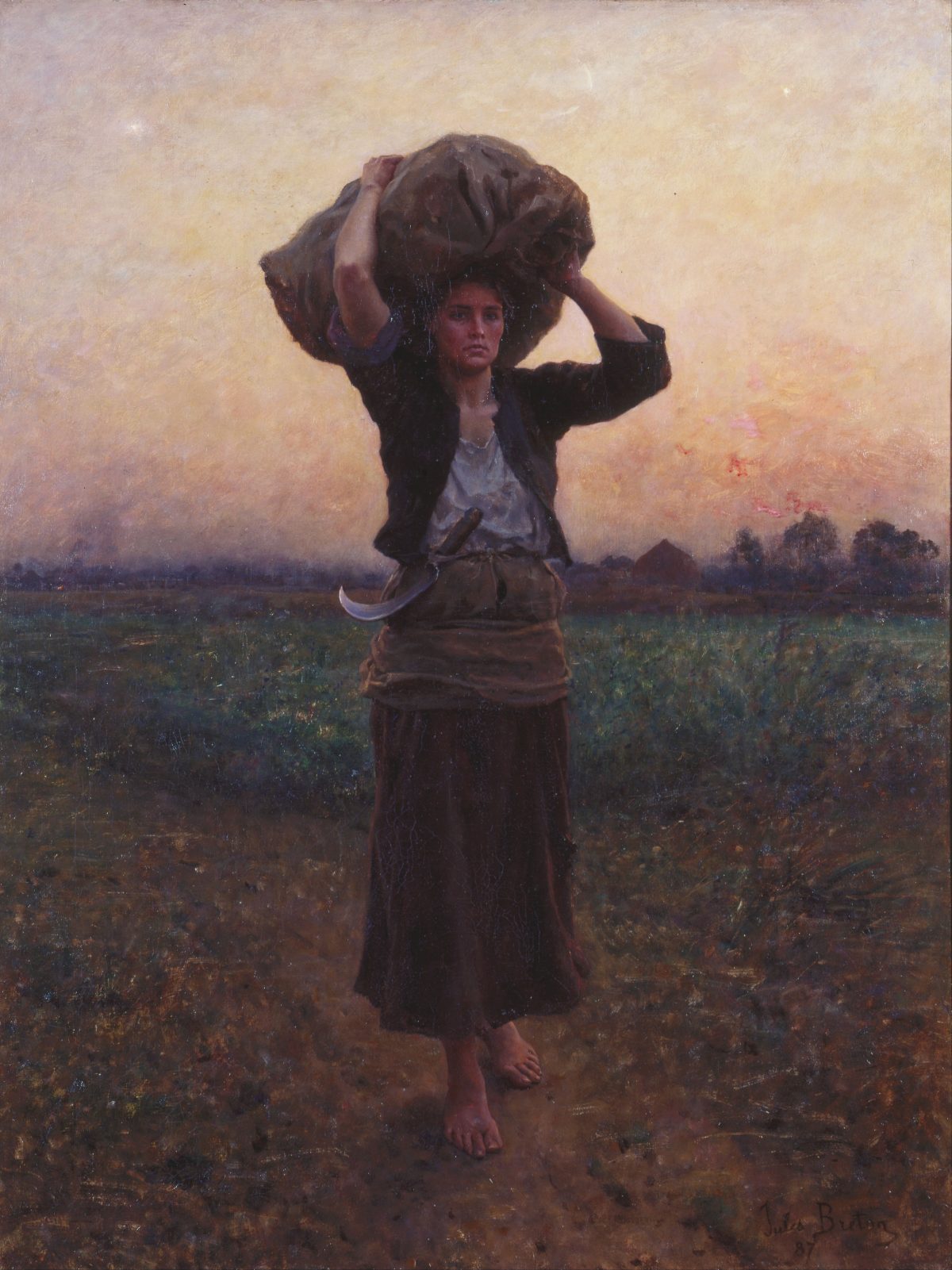
From 2019 to early 2021, I worked as a security guard at the Toledo Museum of Art which caused me to consider the museum in a sense that I never had in my study of art and years of museum going. The daily experience of the place made me aware of the relationship between the museum’s hierarchical structure and its treatment of socio-economic class with regard to the presentation of art.
In the year and a half that I worked security, I never had an interaction which amounted to more than a greeting with a curator, nor any other person involved in designing the presentation of art to the public. I don’t say this to indict individuals. As it happens, I found all members of the museum staff to be personally pleasant. Rather, I bring this up to show the lack of any mechanism by which the frontline staff (security guards, visitor services workers, custodians, etc.) can help shape the content of the museum. The position of the frontline staff is worth considering because they are the only group in a museum with meaningfully different class positions and interests from the funders and donors. The responsibilities of frontline staff in the museum workplace never intersect with the task of interpreting or contextualizing art. Furthermore, none of the people with that sort of power are obligated to significantly interact with frontline staff.
The duties of curation are assigned to a small group of people who have had the privilege to acquire multiple degrees (typically from private universities) and who, by their management of the museum collection, socially mingle with the funders of the museum. At the same time, curators are often socially disconnected from the communities which the museum nominally serves. At the TMA, all the curators I interacted with had backgrounds at other museums and universities, and had moved to Toledo for professional reasons. This is in contrast to the frontline staff, the vast majority of whom had personal connections to the area which preceded their employment at the TMA. Most significantly, curators, by the nature of their professional duties, have to cultivate relationships with the wealthy funders and patrons of the museum, but not with the frontline staff. Curators also carry out their professional duties in observance of their socio-economic position. The effects of this are on the gallery walls.
In the TMA’s collection, there is a painting by Jules Breton titled, “The Shepherd’s Star” (1887). The painting shows a farmer with a sack of produce lifted over her head as daylight fades in the background. The adjacent caption correctly identifies the scene’s relevance to the shifting social order of the late 19th century: “This agrarian lifestyle, however, was rapidly disappearing under the pressures of the Industrial Revolution, prompting a sense of nostalgia for what was being lost to modernity.” Curiously, the label text also states that “The painter gives the figure a classical monumentality and timelessness that removes her from any commentary on her social position.” These two notions are contradictory. How can one address the farmer in Breton’s painting in the context of her displacement by the Industrial Revolution without commenting on her social position? The otherwise obvious conclusion of sympathy for the subject of this painting on the basis of her social position is opposed by the museum’s presentation. Avoidance of the farmer’s socio-economic class here is the result of callousness or blindness towards such issues.

The last show which opened at the TMA before I left was Wayne Thiebaud 100: Paintings, Prints, and Drawings, a retrospective featuring 100 works for the occasion of Thiebaud’s 100th birthday. Though this show was originally organized by the Crocker Museum of Art in Sacramento, the inclination against class analysis demonstrated with it is analogous to the issues I observed at the TMA internally. Thiebaud’s work is not overtly political in terms of subject matter. However, he began his career at a time when representation, especially that which tended towards realism (as Thiebaud’s did), was unfashionable because of its political connotations. This perspective was codified in Clement Greenberg’s foundational 1939 essay “Avant-Garde and Kitsch.” Greenberg argued that the dichotomy between avant-garde and kitsch was a result of class tensions: Kitsch is an “ersatz culture” made to placate the working-class subjects of industrial capitalism while the avant-garde retreats from existing culture into itself as a defense against the impositions of capitalism. This division Greenberg observed, in part, in terms of artistic style: For him, representation was increasingly associated with kitsch consumerism while the avant-garde trended towards abstraction.
While working as an animator in the 1930s, Thiebaud was fired for union activities and consequently considered pursuing a career as a union lawyer. His demonstration of class consciousness suggests Thiebaud’s awareness of the dynamics of industrial capitalism and their relationship to his art. This aspect of the work was ignored in the exhibition. Rather, the exhibition’s wall text focused on issues such as Thiebaud’s application of paint, his use of color, and his choice of subject matter. (Curiously, the show included two pen sketches Thiebaud made of Clement Greenberg.) The accompanying exhibition catalog features a brief passage on the relationship of Thiebaud to Greenberg and abstract art. However, there is a failure to mention the broader political context of the avant-garde/kitsch dichotomy or the class tensions which informed it, and how that might explain why, according to the exhibition catalog, Greenberg “would not have been sympathetic to seeing his portrait paired with candied treats.”
I did not feel that the presentation of Thiebaud’s work in this show was strictly incorrect. It did, however, underscore the persistent omission and dampening of analysis of the relationship between socio-economic class and the artist or the artist’s work throughout the TMA. Those at the top of the hierarchical structure of the TMA, like many private museums, discourage such readings as a matter of class interest.
0 Commentaires